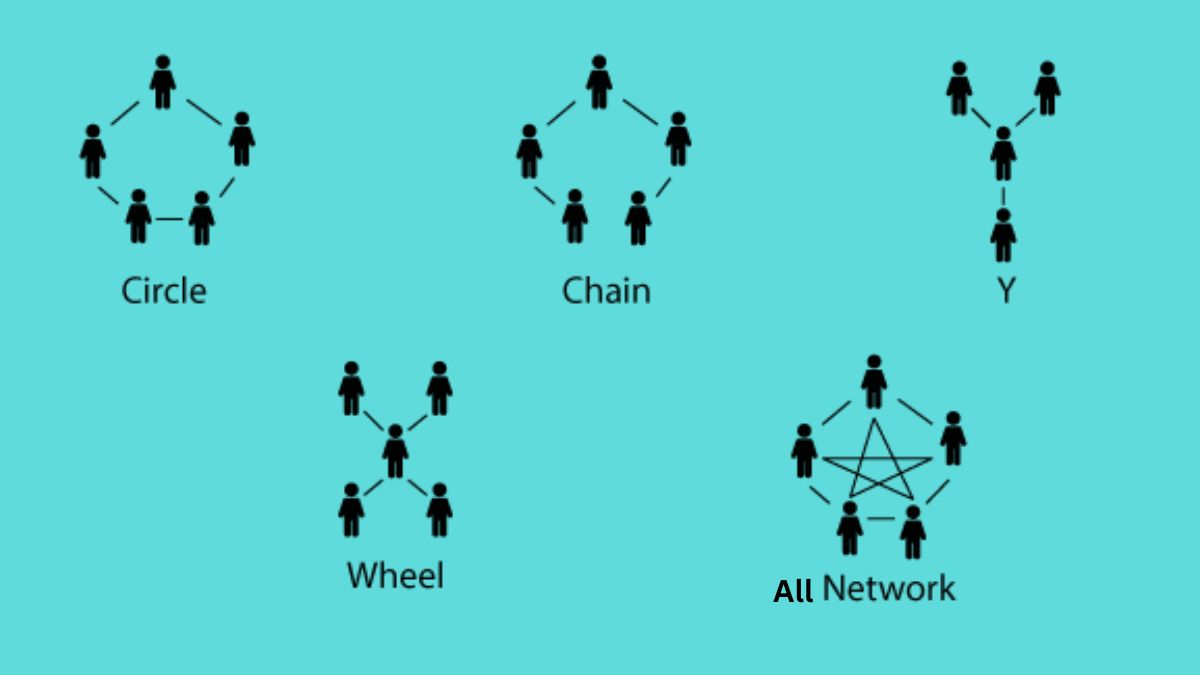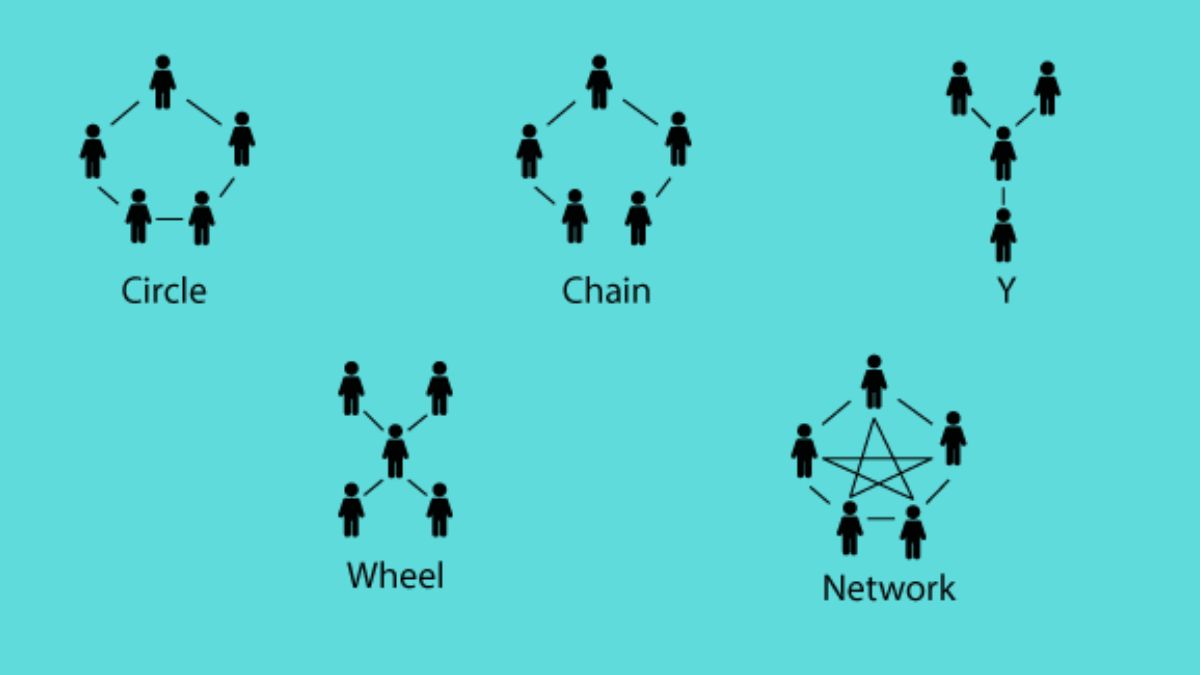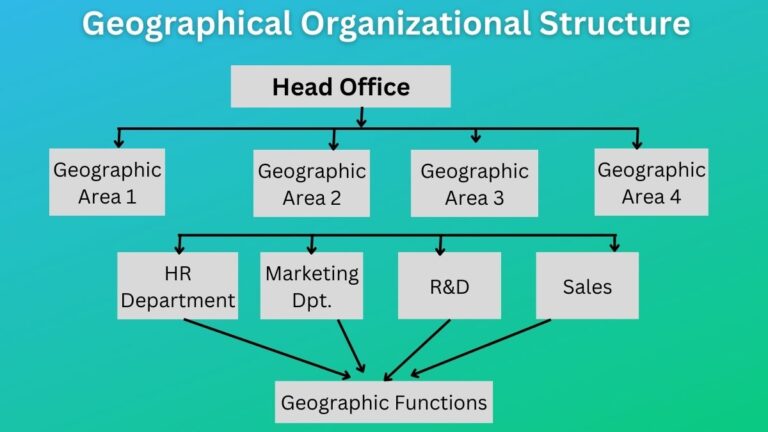What is Communication Structure? Definition and 5 Types
What is Communication Structure?
A communication structure is a pattern that is implemented in the organization to maintain the flow of information. It regulates the flow of information within an organization.
Communication structure is also called a communication network or communication channel. For the smooth flow of information, different formal communication networks are necessary to establish. Such networks make communication more interesting and effective.
Though managing different communication structures is complex in big organizations, when managed properly it provides effectiveness in the transmission of information. Depending upon the organizational culture, nature of work, people involved, etc. different structures can be used.
Types of Communication Structures
The following five are the main types of communication structures.
Related: Organizational Structure

Chain Structure
In the chain communication structure, there is a vertical upward and downward form of communication. This structure has everything an organizational chain of command has.
In this chain structure, a person can only communicate with his immediate superior and subordinate. Information flows in chain form. If the top manager wants to communicate with lower-level employees, the information should go first from the top manager to the middle manager.
And, from the middle manager to lower-level employees. And, lower level employees message to middle and from middle to the top manager. The information flows in sequence. As such this communication structure is more time-consuming.
Y Structure
In this structure, all information is controlled by the two main people at the top level, for example – Manager A and Manager B. As such, the shape of this communication network becomes like the letter Y.
Only limited information is disseminated by the top managers through a single chain of command. This structure is more popular in functional organizations.
Related: Theory X and Theory Y
Wheel Structure
Wheel structure shapes look like the wheel of a car or motorcycle. Here, the central person i.e. the manager is pivotal. The manager holds all the authority for communication.
These types of communication structures are found in centralized organizations. In this structure, employees should communicate with and through only one manager.
In this wheel structure, employees have no right to communicate with each other to exchange official information. They should communicate one by one with the manager to get and share the information. This structure is faster and suitable for routine tasks but is the most authoritarian structure too.
Circle Structure
It is a sideward or horizontal form of structure. In this structure, a person can communicate to his right and left people but not to others in his group.
For example, in a meeting, you can communicate with only two people one is from your right side and another from your left side. To get communicated with others you should ask your neighborhoods to ask them. As such the disadvantage of the circle structure is that communication becomes slow.
Free Flow Structure
The free-flow structure is also called an all-network structure. In such a communication structure, there is no restriction in the flow of information. It is a decentralized and informal form of the communication network. The leader of the group does not hold the exceptional power to control group members.
Everyone is free to communicate with anyone in the organization. There is no restriction on the level and chain of command while communicating. As such, it is also known as an open communication network.
Read Next: Types of Organizational Communication
Sajan Kushmi is a content writer with more than 4 years of experience. He holds BIM Degree. He write on the topics related to Management, Marketing, and Entrepreneurship.






